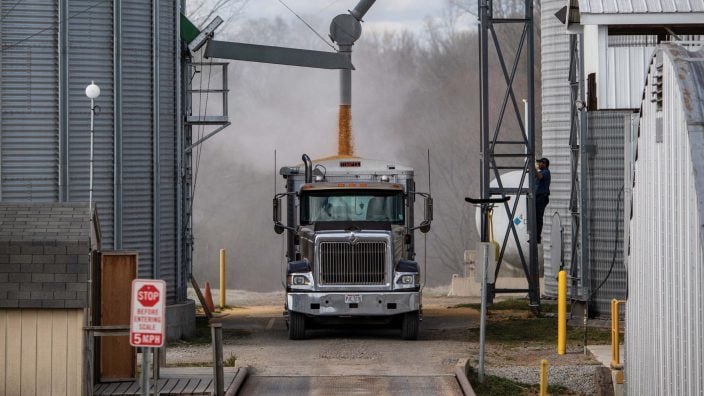Applications for Ohio Farm Bureau Health Plans now available
Members have three ways to apply: contacting a certified agent, calling 833-468-4280 or visiting ohiofarmbureauhealthplans.org.
Read MoreIf you could ride along with a soybean when it leaves an Ohio farm, you might take a short ride to a nearby processing plant, or you might end up on an epic
journey to a livestock farm half-way around the world.
No matter where a particular bean ends up, the price the farmer receives is improved because of the demand created by international trade. And when farmers make more, that money circulates through the economy and their communities benefit. The economic impact of international trade extends far beyond the farms producing the crops, explained soybean grower T.J. Gross. “When farmers make money, they spend money.”
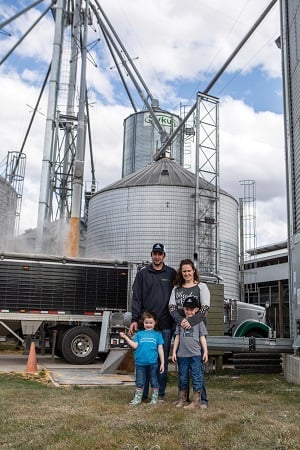
Gross, a Columbiana County Farm Bureau member, said that farmers support local retailers when they buy inputs such as seed and fertilizer for every crop they grow. When farmers earn more for their crops than it costs to grow them, they typically use the profits to build or improve their farms.
“Farmers as a whole are always investing in their farms,” he pointed out. Those investments also support other individuals and businesses in the local community. For instance, a farmer might invest in a newer tractor or better machinery at a local dealership. “That dealership is making some money and that salesman is making some money,” he said.
On his own farm, Gross has invested profits in new grain bins as well as a shop building, which benefited a local construction company. He also pays the landowners he rents from bonuses when his farm has a good year. Those bonus payments go on top of the agreed-upon cash rental payments. Sharing the profits in good years helps him maintain good relationships with his long-term landlords, he explained. It’s also another way the price bump provided by international trade filters through the community.
Gross is one of many Ohio farmers who send their soybeans to export markets through Heritage Cooperative’s grain facility on the Ohio River at East Liverpool. At the East Liverpool facility, the cooperative loads barges and sends them down river to New Orleans. There, the soybeans or other crops are loaded onto ocean-going vessels for export, according to Ralph Wince, Heritage Cooperative’s grain merchandiser in eastern Ohio. “We sell to the companies that sell to China.”
Having river access and a transportation link to export facilities on the Gulf of Mexico has expanded marketing opportunities for soybean growers in eastern Ohio and western Pennsylvania, Wince said.
“What that market did is create competition,” he said, adding that competition for the crop supports prices and that benefits farmers across the state as well as their communities. “Whether or not you sell into the export market, you’re affected by it.”
A couple of years ago, farmers saw how international trade can influence prices when exports were reduced due to disagreements between the U.S. and China over trade practices and tariffs. On top of the trade disputes, an outbreak of African Swine Fever in China led to lower demand for soybeans because the country had fewer hogs to feed. “The price of soybeans suffered locally and statewide as well,” Wince said.
For last year’s crop, soybean prices have improved, partly because some of the trade disputes have been resolved and also because Chinese producers have started rebuilding their hog herds. Of course, many other factors, such as yields, weather threats and South American production also affect prices. Even so, Wince said, the prices farmers receive are definitely tied to international trade.

Myron Wehr, a Columbiana County Farm Bureau member who farms in both Columbiana and Mahoning counties, is another farmer who sends soybeans to export markets through Heritage’s East Liverpool facility. “For my location, that’s the best market for my soybeans,” he said.
The benefits of international trade go beyond farmers and their rural communities, Wehr adds. Exports of soybeans and other agricultural products bring money into the U.S. economy, offsetting the money that leaves the country when Americans import consumer goods and raw materials such as phosphorus fertilizer. That’s why it’s so important for the U.S. to maintain healthy trade relationships with other countries, he said. “You deal with me and I’ll deal with you, and we’ll work out a happy medium that suits us both.”
 Raymond Bricker, who is a member of the Heritage Cooperative board of directors and a Farm Bureau member, estimates that the East Liverpool river terminal has been boosting local soybean prices by 25 to 30 cents a bushel ever since it was built in the late 1980s. When soybeans are being shipped out to buyers in other countries, the price paid by local buyers is supported as well, he said. “They’ve had to bid up the price to get the soybeans.”
Raymond Bricker, who is a member of the Heritage Cooperative board of directors and a Farm Bureau member, estimates that the East Liverpool river terminal has been boosting local soybean prices by 25 to 30 cents a bushel ever since it was built in the late 1980s. When soybeans are being shipped out to buyers in other countries, the price paid by local buyers is supported as well, he said. “They’ve had to bid up the price to get the soybeans.”
Bricker, who farms along the county line between Mahoning and Columbiana counties, remembers being one of the first farmers in the area to grow soybeans in the mid-1980s. At that time, he had to haul his beans nearly 150 miles to reach buyers in Bellevue or Fostoria. When the river terminal opened nearby, he was able to spend less getting his soybeans to market.
“That river terminal has really brought money into the area,” he noted.
Over the years, the accessibility of the river terminal has made soybean production more profitable for area farmers, and that income, in turn, has helped entire communities.
“It goes to the machinery dealers, and it goes to the grocery store. It goes to everyone,” he said.

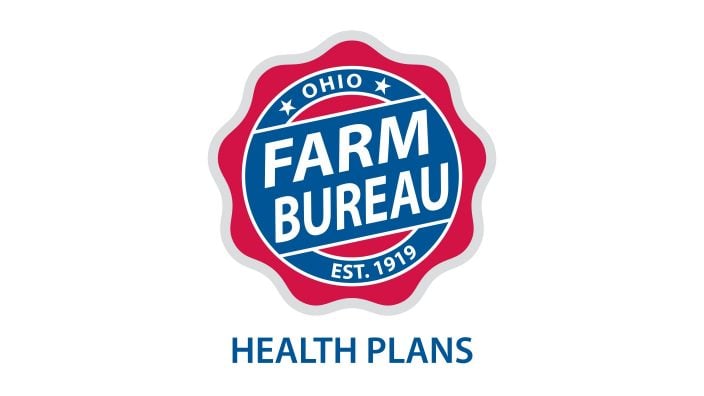
Members have three ways to apply: contacting a certified agent, calling 833-468-4280 or visiting ohiofarmbureauhealthplans.org.
Read More
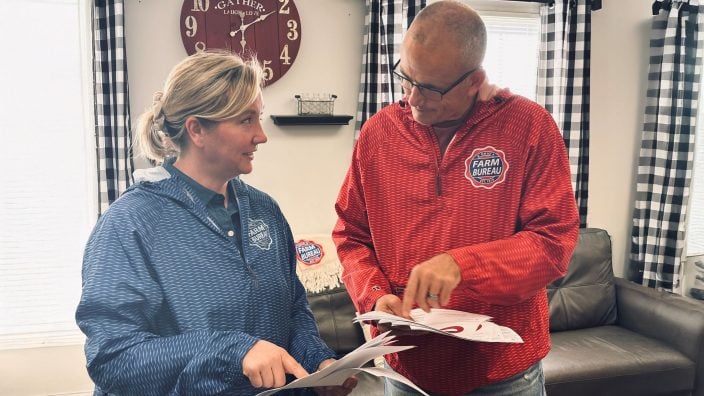
One of the best decisions Shannon and Heather Utter made a few years ago was looking into a Farm Bureau member benefit that has ended up saving them thousands of dollars on their energy bills.
Read More

Ryan Hiser has experienced first-hand the importance of having the opportunity to vote on issues that will affect his family operation and other farmers.
Read More

Bill Patterson, Cy Prettyman and Adele Flynn will continue to serve as officers for Ohio Farm Bureau Federation.
Read More
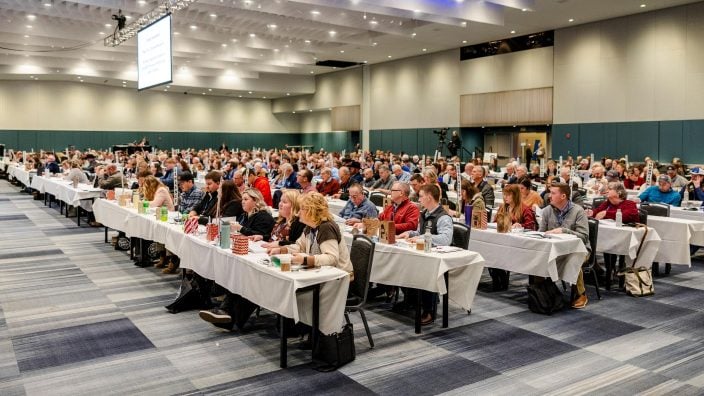
Delegates discussed many topics impacting agriculture including farmland preservation, local foods, and succession planning.
Read More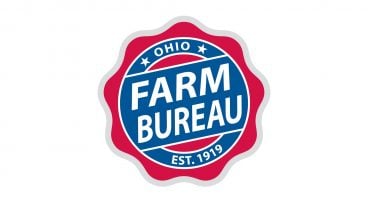
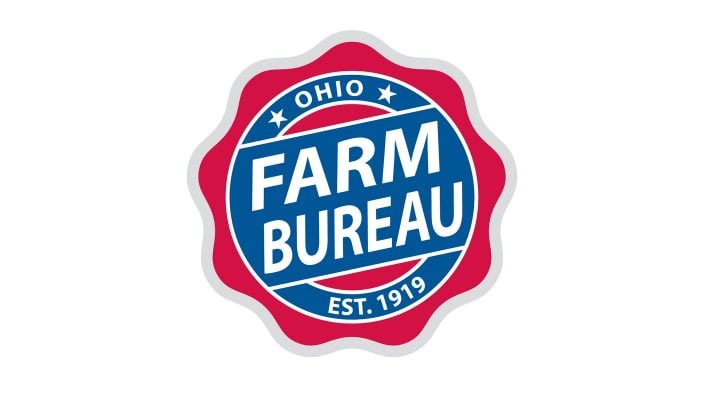
Twenty-six farmers govern the state’s largest farm and food organization.
Read More
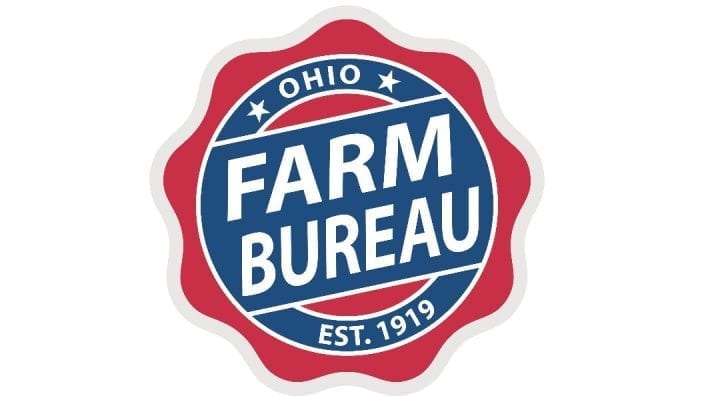
The 2025 recipients are Fred Cooke (posthumous) of Richland County, Marvin Dietsch of Williams County, Steven Knollman of Hamilton County and Michele Miller (posthumous) of Ottawa County.
Read More

Nathan and Jill Parriman grow seasonal crops, including Christmas trees, pumpkins and cut flowers, providing U-cut experiences that invite customers to engage directly with agriculture.
Read More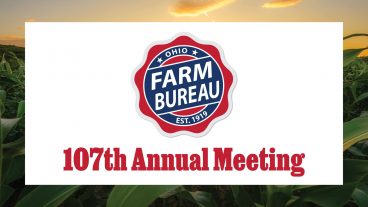

The 2025 Distinguished Service Award recipients are Craig Adams, Mike Townsley, and Kellogg Farms, Kurt Farms and Stateler Family Farms.
Read More

Ohio Farm Bureau Treasurer Adele Flynn participated in the meeting, representing Ohio farmers.
Read More